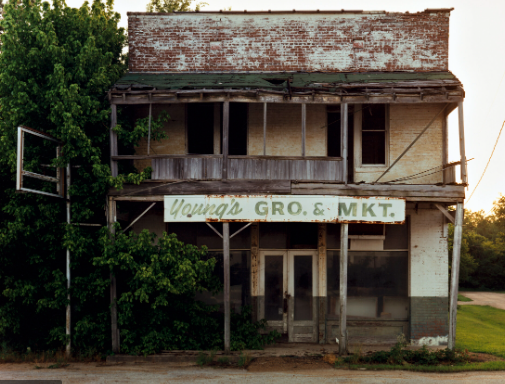The Anthropocene is a new, present day epoch, in which scientists say we have significantly altered the Earth through human activity. These changes include global warming, habitat loss, changes in the chemical composition of the atmosphere, oceans and soil, and animal extinctions.

Modern Anthropocene art centres on the recognition that we have entered into the “Anthropocene”—a new geologic era marked by the impact of human activity on the earth. Working in a variety of modes, ranging from practical demonstrations and shading into other current tendencies like social practice, relational aesthetics and environmental activism. Anthropocene art expresses the hope that art can point the way to a more ecologically sustainable future or spread awareness about political and environmental issues such as climate change, urbanisation and wealth divides.

MY IDEA OF ANTHROPOCENE
I have been heavily inspired by the New Topographics movement of the 1970s where stark images of mundane but oddly fascinating topography was a reflection of the increasingly suburbanised world, and a reaction to the tyranny of idealised landscape photography that elevated the natural and the elemental. I would like to capture places reclaimed by nature like derelict buildings that have become overgrown and abandoned to show that mankind erodes nature to make room for a more industrial world.

I want to concentrate on urbanisation and how the human nature seems to be dominating, destructive force on the world. I want to make the point of the loneliness of humans in the world as we are destroying and disregarding all that is around us in search for the next brand new, mass-produced fixation. I would like to do this by photographing abandoned, derelict buildings to show the discarding nature of human adaptation as there is always something newer and better than the last.
